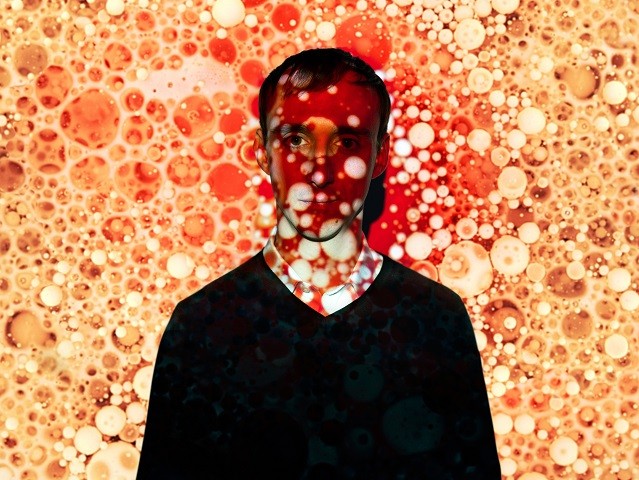CellViewer: seeing inside stem cells
You might have heard about “stem cells” in the news or in popular science documentaries and wondered if they could one day help you or a loved one treat an injury or a serious disease. Indeed, since their initial discovery in the 1960s there has been a growing interest in research and treatments in this field. For the uninitiated, stems cells are essentially the body’s raw materials. Found in embryos as well as in adults, they are cells from which all other cells with specialised functions are generated. Under the right conditions, in the body or in a laboratory, stem cells divide to form “daughter cells”. These daughters can either become new stem cells (self-renewal) or become specialised cells (differentiation) with a more specific function, such as blood cells, brain cells, heart muscle cells or bone cells. No other cells in the body have the natural ability to generate new cell types. To better understand and exploit their potential, a FET open project called CellViewer was launched in 2016. Led by the Fundacio Institut De Ciencies Fotoniques in Barcelona, it brought together internationally recognised academic and industry experts in the fields of stem cell and chromatin biology, super-resolution microscopy, quantitative modelling of biological systems, and hardware and software development. The aim was to develop a prototype of a high-throughput super-resolution automated microscope that can visualise single live cells at the DNA, mRNA and proteins levels. In a first application of the technology, CellViewer studied the self-renewal and differentiation of mouse embryonic stem cells (mESC) during specific stimuli. Single, live cells were cultured in pluripotency or differentiation conditions to obtain high resolution images of the stem cell genes, mRNA and proteins of interest. Software programs developed by the project were then used to collect all the high-resolution data and develop predictive models revealing the pluripotency or differentiation state of the cells. Combined with automation software, the super resolution microscope doesn't require users to have in-depth knowledge about the machine, making it both more broadly accessible and affordable. Indeed, one of the main achievements of CellViewer is the HERMES SR project, funded under the FET Innovation Launchpad, which built a super resolution microscope capable of very fast imaging of many individual cells at the same time. This tool can help in detecting and studying cancer samples. Researchers and doctors hope stem cell studies will help to increase understanding of how diseases occur and to generate healthy cells to replace the diseased ones (regenerative medicine). This research will also aid in testing new drugs for safety and effectiveness, by monitoring how specifically programmed daughter cells react to certain treatments. The outcomes of the CellViewer project are uniquely suited to bringing systems biology, the computational and mathematical analysis and modelling of complex biological systems, into the era of single cell analysis, which will be a paradigm shift in the way cellular systems can be studied.
Keywords
cells, microscopy, research, biology, cancer, raw material, body, healthy cells



